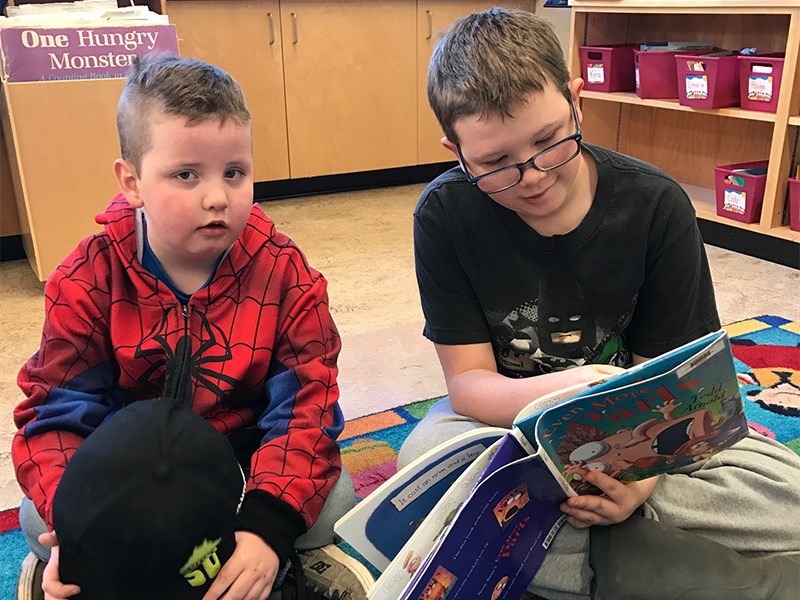Isolated is one way to describe Powell River, or rural and remote. However, BC’s Ministry of Education does not see it that way, at least when it comes to money.
“Our district is not considered by the ministry as rural and remote,” said School District 47 superintendent Jay Yule.
According to Yule, approximately 10 years ago, the ministry, BC Public School Employers’ Association and BC Teachers’ Federation looked at factors to determine teachers who would receive remote and rural allowance.
In the local school district, only teachers at Texada Elementary School and Kelly Creek Community School qualify.
“We argued and tried to have the whole district included, but it wasn’t accepted,” said Yule. “Under the new rural review we received $250,000 for Texada starting next year, in recognition of its unique situation.”
The district ensured Texada will receive ongoing funding for facilities planning over the long term, said Yule.
One parameter in rural funding discussions is distance from a medium-sized centre, which, for the Powell River area, is Courtenay/Comox.
“Yes, we’re close, but there’s a body of water,” said Yule. “We tried to argue that we don’t have anyone who works in Courtenay/Comox, or even in Sechelt, who commutes to Powell River for work.”
A new review by the education ministry will revisit rural school funding and educational practices, and the role educational programs and schools play in rural communities across the province.
From the school district’s perspective, Yule said the review is about direction, policy and defining the issues.
A final report is expected from the government in the summer. Yule said the local school district is part of the review and has always been involved in discussions about rural and remote education.
“We believe we are remote and rural and we look at the issues we face, but there are financial barriers,” he said.
One of the important questions that should be raised in the review is how to offer the same programs in a small, remote area as in urban areas, he said.
“Are you able to offer the same education and quality education in small, remote schools as you can in others?” said Yule. “That should be the goal of public education across the province.”
However, Yule said there are fewer and fewer choices in smaller schools where there are two determining factors: education and money.
According to Yule, the school district has a wonderful school on Texada, where 26 students are enrolled from kindergarten to grade seven and split into two classrooms. But some things are definitely done differently there, according to Texada Elementary School principal Rhonda Gordon.
“The obvious one would be the multi-graded classrooms,” said Gordon, who is also one of the school’s two full-time teachers.
“We have grades four, five, six and seven together, and kindergarten, one, two and three, together,” she said. “We don’t really have a choice.”
Gordon said it is hard for her to think in terms of challenges in remote areas because she has taught in a small school her entire career.
“We used to be a lot bigger,” she said. “When I first started teaching, Texada was a lot bigger, with 150 kids. My first class was grades two and three, with 27 kids.”
Gordon said challenges surface when multiple grades make up class composition.
“You have to be creative in terms of how you deliver lessons,” she said. “You look for some commonalities in the curriculum.”
Gordon said that while Texada is small and isolated, it presents a wealth of opportunity for students because of their relationships with each other.
“There are good things happening in rural schools and it’s worth the investment” she said. “About our kids being prepared differently, one thing I’m sure of is the bonds older students have with younger students and the opportunities they have to be leaders, and be who they are.”



